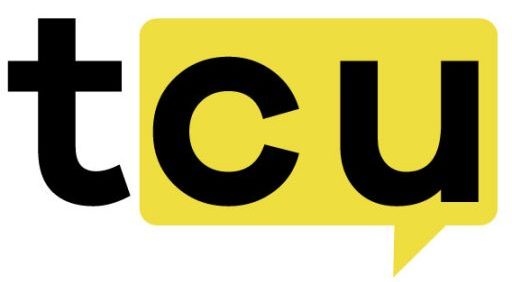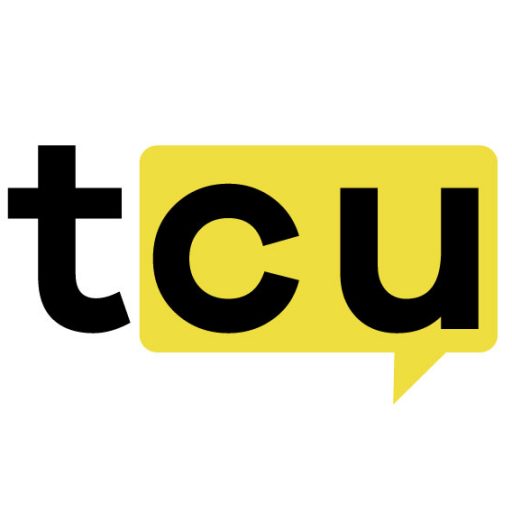Brazilian Financial Innovation with Blockchain
VERT Capital, a Brazilian financial consulting firm, has made significant progress in digital finance by moving public pension payments onto blockchain technology. The company transformed these traditional financial instruments into digital tokens using the XRP Ledger’s secure system, marking what I think is a notable step forward for Brazil’s financial infrastructure.
This isn’t just theoretical – the firm has actually placed $40 million worth of tokenized assets on the blockchain through its second on-chain issuance. They’re expecting this to expand to around $190 million, which shows some real momentum building. Brazil seems to be approaching blockchain adoption with careful attention to investor protection rules while trying to modernize financial processes.
How the System Actually Works
Using Ripple’s XRP blockchain along with an EVM sidechain, VERT is digitally recording all the important events, documents, and transactions for these pension funds. This creates real-time transparency that’s still compliant with Brazil’s financial regulations – a balance that’s often tricky to achieve. The system provides visibility while maintaining the necessary oversight.
Ripple’s cross-border payment capabilities have been attracting attention from several Brazilian companies, including Mercado Bitcoin and Unicâmbio. There appears to be growing interest in how blockchain can streamline international financial operations.
The Human Perspective on Digital Transformation
Gabriel Braga, VERT’s Director of Digital Assets, explained that this integration between blockchain and commerce has created something genuinely digital rather than just digital copies of traditional assets. “This combination of traceability, compliance, and programmability lays the groundwork for a more efficient and supervised capital market,” he noted. His comments suggest they’re thinking about this as foundational work rather than just a one-off project.
VERT is collaborating with BYX to manage and analyze these pension-backed assets. Together, they’re planning to launch additional tokenized funds using blockchain technology, which indicates they see this as an ongoing strategy rather than a single experiment.
Regulatory Engagement and Future Directions
Perhaps most importantly, VERT and Ripple are participating in LEAP, a program run by Brazil’s Securities and Exchange Commission (CVM). This initiative explores how blockchain technology can function within regulated markets – a crucial step for broader adoption. Their main objective is demonstrating how blockchain can simplify secondary trading of securities, reduce supervision costs, and create more efficient connections between financial systems.
Silvio Pegado, Ripple’s Managing Director for Latin America, pointed out that Brazil is providing a practical example of how an on-chain financial system can operate safely in real markets. He mentioned that by combining compliance-ready infrastructure with real-world applications like VERT’s tokenized credit platform, the region is setting a global example for practical on-chain finance.
This approach seems to focus on building systems that work within existing regulatory frameworks rather than trying to bypass them. It’s a more gradual, perhaps more sustainable path to blockchain adoption in traditional finance.
![]()


